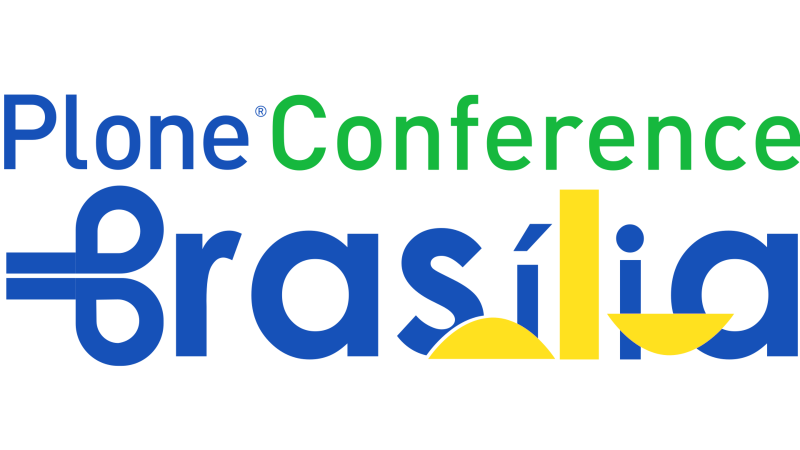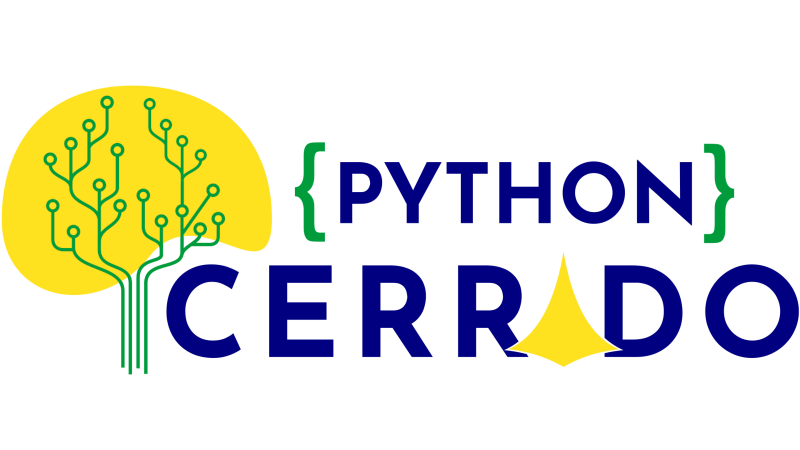Volto Information Architecture
Plone 6 Volto offers integrators an editors much more freedom in creating content. Blocks are the new context instead of the Page. But do you need a new IA when upgrading your Plone Website?
Plone has always offered a rich toolset to structure your site content. There's a 'folderish' hierarchy for storing your content. But with relations, metadata and programmed saved searches in Collections you can put a relational layer on top of the folder structure and provide the best of both worlds. Main Navigation, Portlets, Viewlets. Previous Page Composition tools where mostly concerned with the main content area.
Volto is not only a game changer for editor freedom, it also resets and removes assumptions and tools you previously had to your disposal. Do you still create many Content Types, or is everything a variation on a page? Where are your Portlets?
Based on a Client Upgrade project I want to discuss the changes to IA Volto brings, the impact on content editor experience, and choices that you have with Volto. I will present solutions that were chosen in this project and some I've seen in other sites.
Since the first versions of Volto I've had interesting discussions with other people in the community about Plone in general and now with Volto about the information architecture.
In a project in 2014 I stepped away from creating 20+ content types proposed by the Communication Agency who did the design. I added a 2 dimensional categorisation on thematical and categorial axes for all content, which saved a lot of code and proved to be extremely flexible.
This year I'm upgrading that website from Plone 4 to Plone 6 volto and I've found that many of my IA choices in the Plone 4 project still hold in Volto, and that it kind of offers guidance in the divide between block layouts and content type flexibility.


